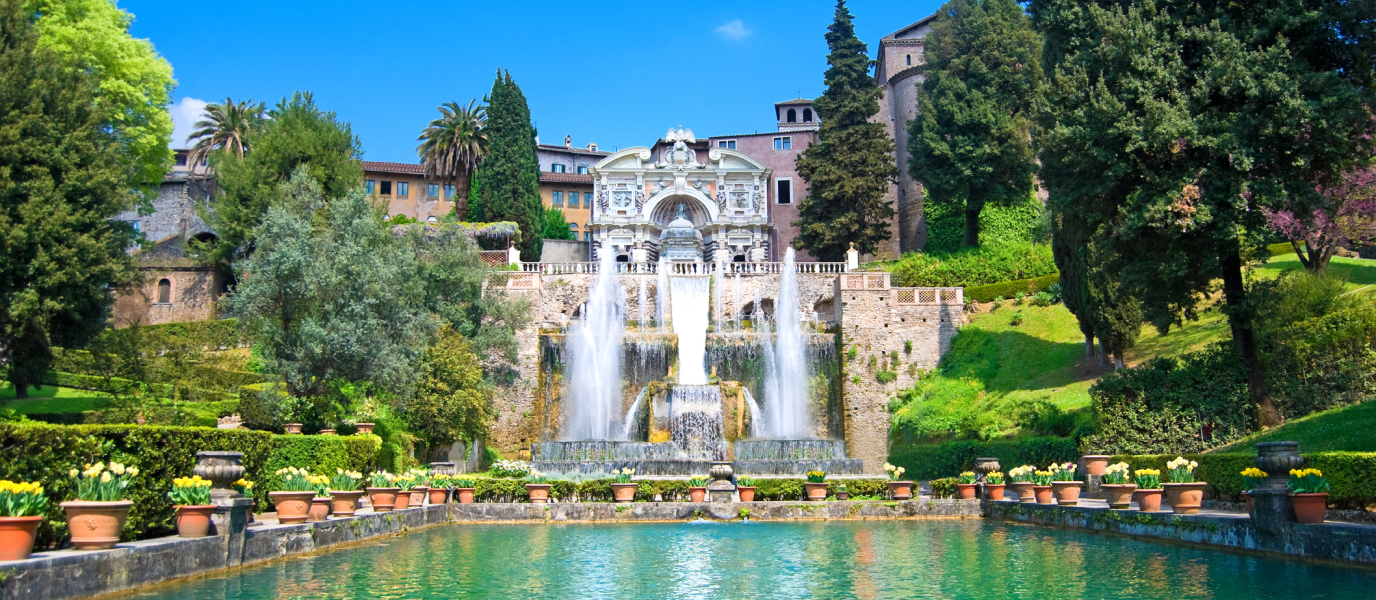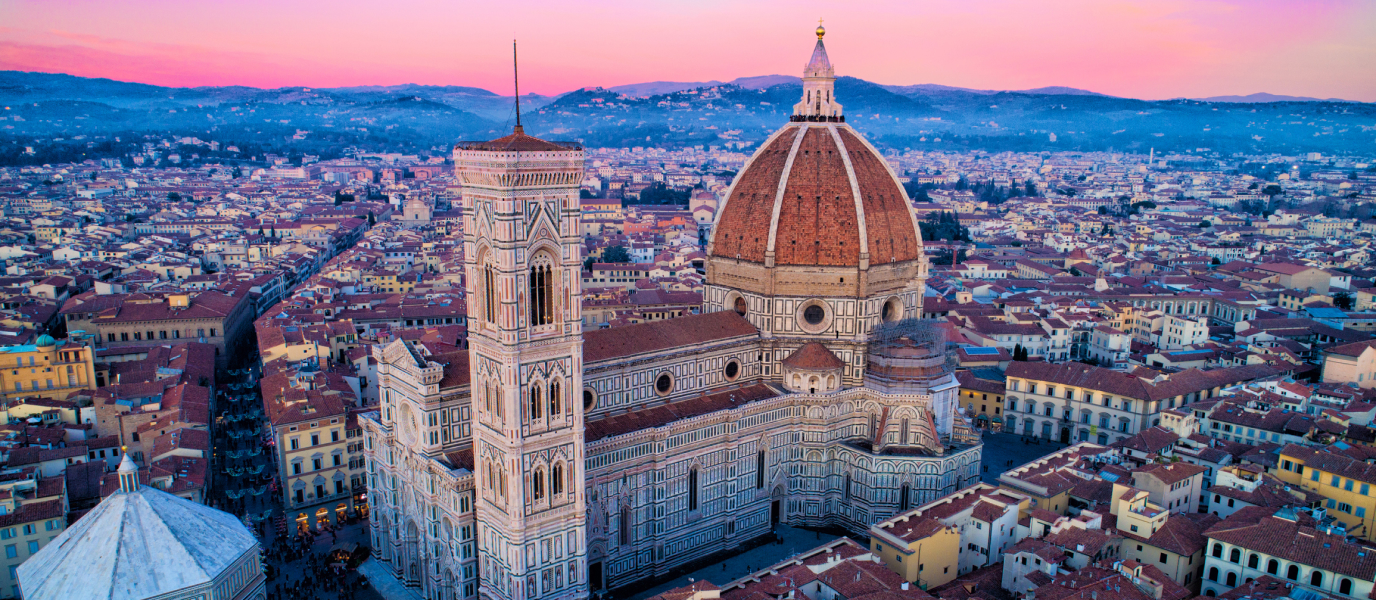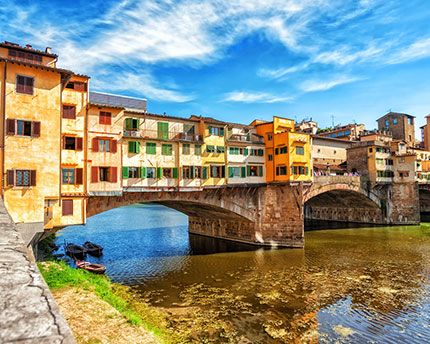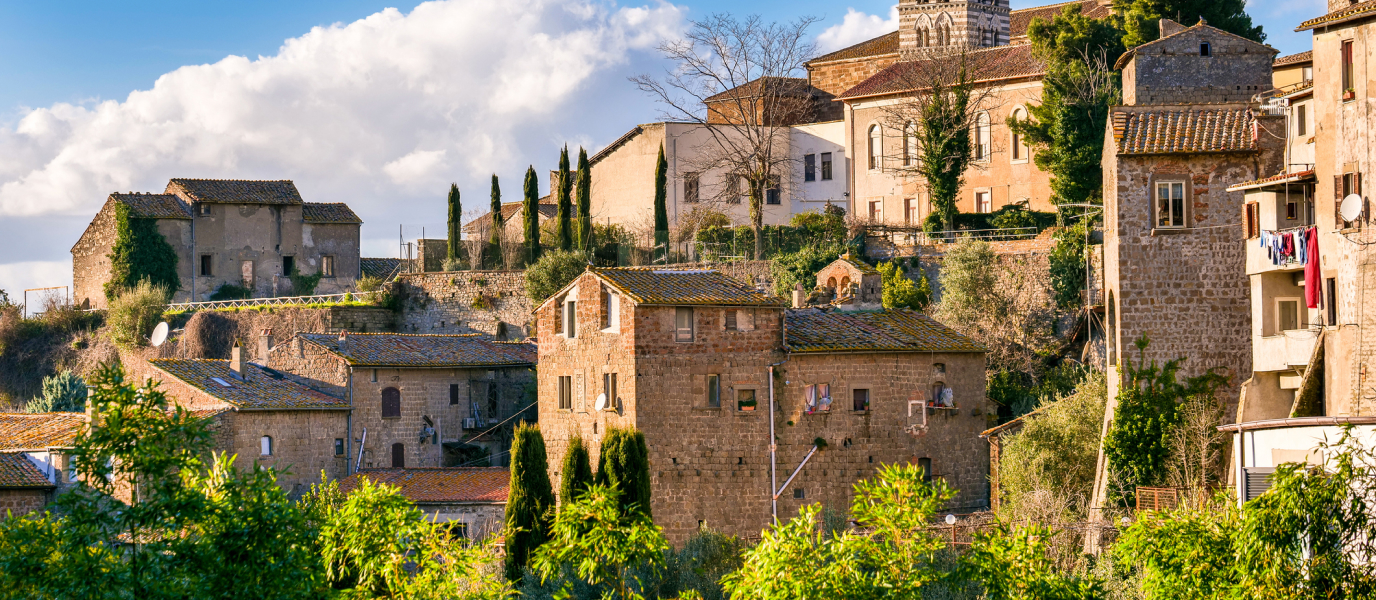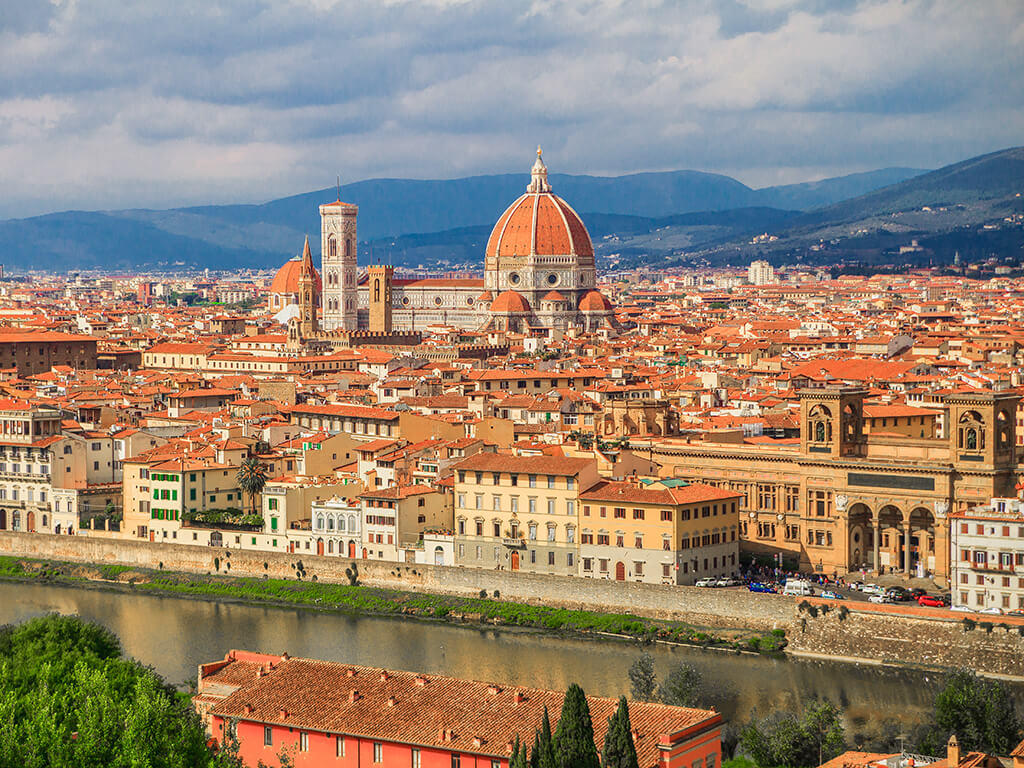Just a few kilometres from Rome, in Tivoli, you will find the majestic Villa d’Este, a 16th-century palace, declared a UNESCO Heritage site in 2001. Its gardens have been a benchmark for landscape garden design in Europe ever since, thanks to its spectacular waterfalls, terraces, caves and musical fountains. At that time, the building represented a great feat of engineering, as all the fountains, ponds and jeux d’eau – or water games –dotted around the grounds had to be supplied with water.
Villa d’Este: the whim of Ippolito d’Este in Tivoli
It was Ippolito d’Este, son of Lucrezia Borgia and Alfonso I d’Este, who commissioned the construction of the villa in 1550. After being rejected as the next pope, the cardinal channelled all his frustration into creating a residence that would rival the finest French and Italian palaces. The complex was erected on the site of the old Franciscan convent of Tivoli; land which had been granted to Ippolito by Pope Julius III when he was named governor.
Not long after the completion of the work, in 1572, the cardinal died. However, the family never stopped improving the villa and gardens by adding more and more fountains. During the 18th century, the villa underwent a period of decay that got worse when it passed into the hands of the Habsburgs. After the First World War, the Government took charge of the practically abandoned building, and renovation work began to open it to the public.
Gardens of Villa d’Este
The gardens of the villa are organised around a central axis, with other secondary ones that cut across it. They are located on terraces and surrounded by more than 500 fountains and sculptures that refresh the atmosphere, evoking the ancient Hanging Gardens of Babylon. In order to get the water to the different parts of the garden, they used channels, tanks and aqueducts. The water from the Aniene River (1 kilometre away) and the Rivellese spring (with a cistern under the villa’s patio) travelled around the different levels, snaking its way through the lush vegetation and mythological scenes. Additionally, the Mannerist style of the garden, which aimed to create extravagant maze-like gardens that went against the Classicist beauty ideal, was imitated in other works for centuries afterwards.

The Grotto of Diana, the Fountain of the Dragons and other follies
From the top terrace you can descend one of the two symmetrical stairways flanking the central axis to reach the Grotto of Diana, where you will find the sculpture of a nymph decorated with frescoes and stone mosaics. Continuing down the steps on the left you will reach the Fountain of Rometta, with sculptures of the goddess Roma and the Capitoline Wolf suckling Romulus and Remus, the founders of Rome. Moving further down to the next level, you can walk between The Hundred Fountains, where scintillating spouts of water jet out either side of you. At the end of the walkway you will see the Oval fountain, into which water cascades from an oval basin behind a beautiful nymphaeum (monument to the nymphs that inhabit the grottoes in the area).
In the centre of the gardens there is The Fountain of the Dragons, built in honour of Pope Gregory XIII, whose family emblem was the dragon. This fountain is also known as La Girandola, as the spout mechanism is similar to a Catherine Wheel (girandola in Italian). The next, and final, level is predominated by fish ponds, the beautiful Fountain of Neptune, and the Fountain of the Organ, named after the internal mechanism that produces haunting music. This type of fountain became extremely popular during the Renaissance.
Inside the villa
The inspiration for Villa d’Este came from Hadrian’s Villa, the retreat of Emperor Hadrian, with part of the villa’s marble even being used for its sculptures and fountains. It was also where the cardinal held fabulous parties and, without any of the modesty that could be expected of a man of the cloth, it was where he would take his two lovers, who were overawed by the incredible views of the valley and gardens from the main balcony.
The building itself has two floors. In the centre of the villa where there used to be a Benedictine cloister, there is now a stunning 16th-century patio. This patio leads to the Apartments of the Cardinal, where the cardinal lived in 10 rooms decorated with vaulted ceilings and frescoes. This style of excess and luxury extends throughout the palace, through the library and chapel to the lower floor. In this set of rooms, known as the Appartamento Nobile, the decoration is even more ornate, with mosaics and ornamental stucco. The principal feature of the façade is the Gran Loggia, an outer gallery with arches on columns and a ceiling, which must have been a cool place to rest and chat on hot summer afternoons.
Its location at the top of the hill, next to the river and surrounded by hundreds of fountains and waterfalls, make Villa d’Este the perfect summer retreat. A visit to the villa is a great opportunity to learn about the lifestyle of Rome’s élite during the later years of the Renaissance.






































































